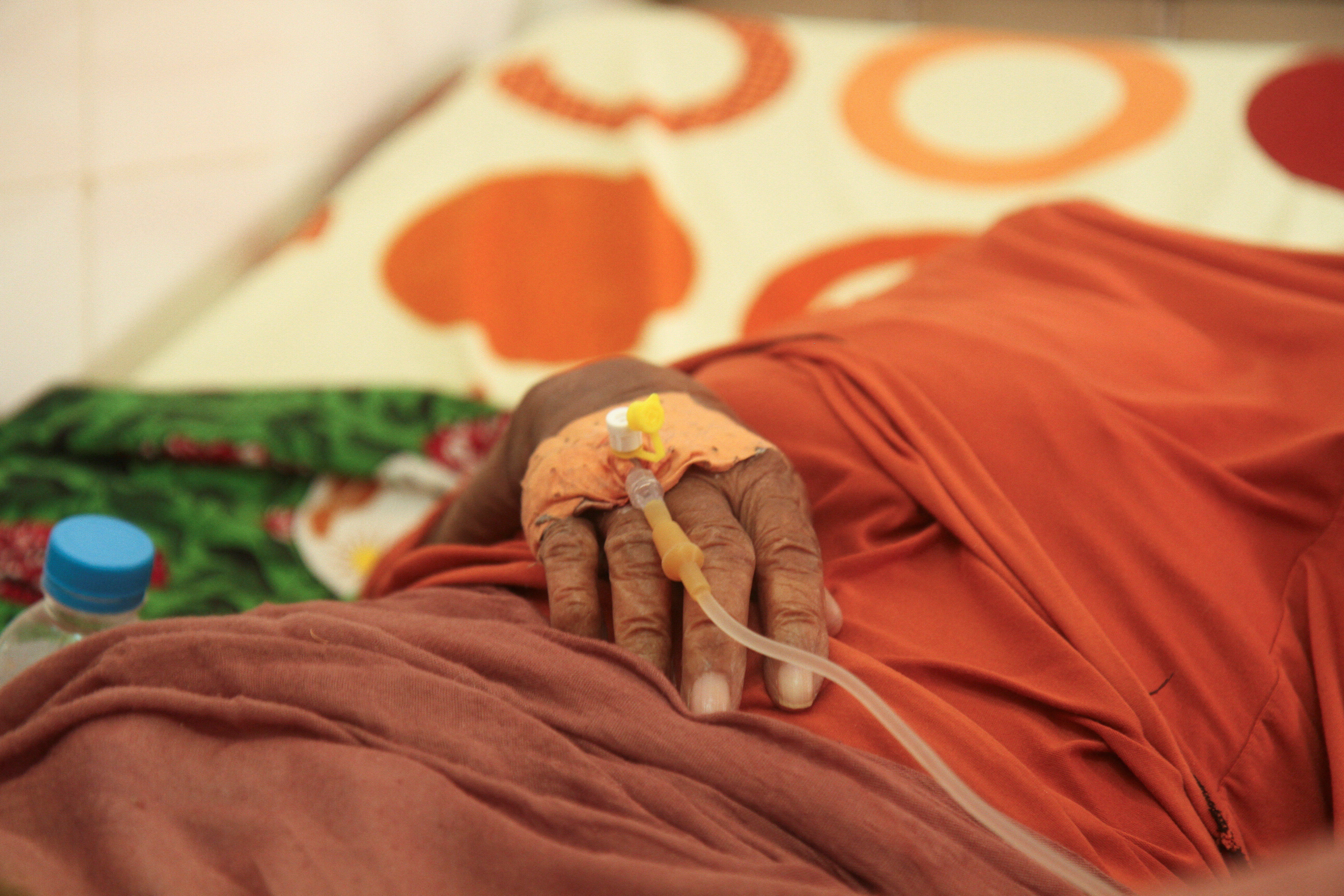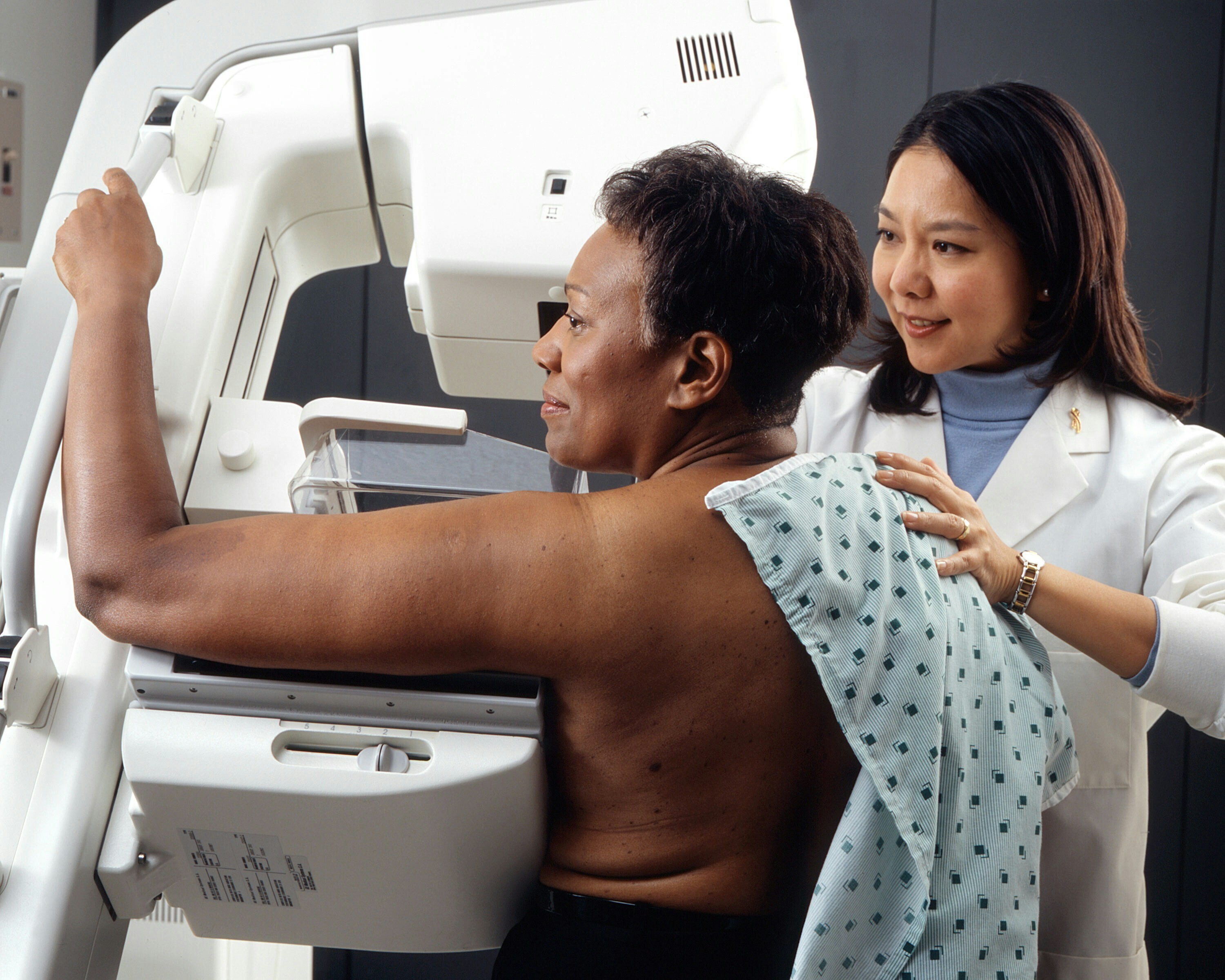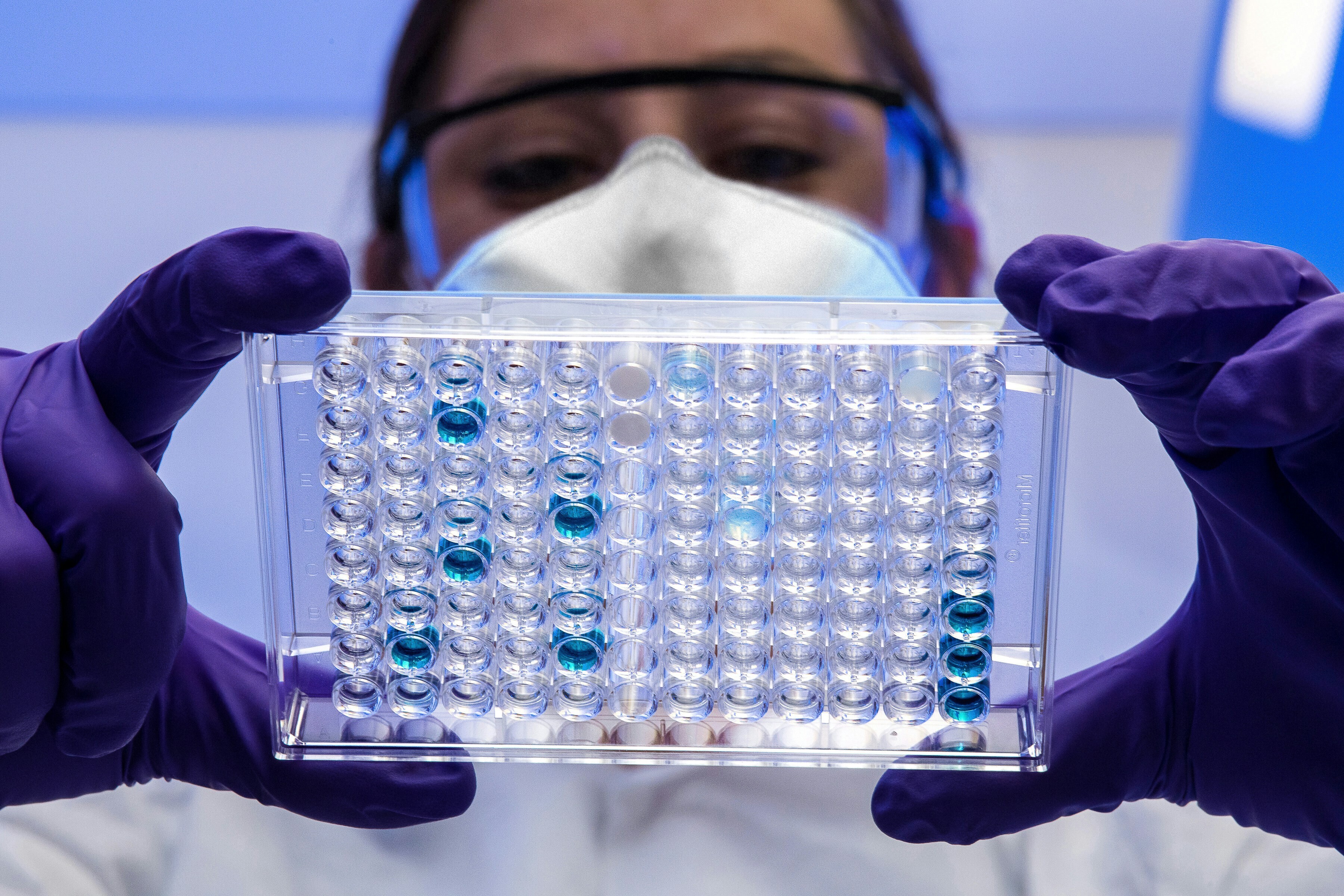Fitness trackers: an unexpected aid in the fight against pandemics

Telemedicine made up 20% of all medical visits in 2020.
Image: REUTERS/Mason Trinca
Explore and monitor how COVID-19 is affecting economies, industries and global issues
Stay up to date:
COVID-19
- Telemedicine use soared during the pandemic, but remote patient monitoring has not followed suit.
- Wearables can improve health outcomes during pandemics.
- Here's how to use the data from wearables in order to improve public health.
For years now, forecasters have been predicting the rise of telemedicine. However, it took a pandemic for people to embrace it. Some studies estimate that, in 2020, telemedicine made up 20% of all medical visits and that it was delivered by three out of every four US hospitals.
You might assume that the field’s meteoric growth would have coincided with a rise in the use of technologies to monitor health remotely.
But no. For instance, one recent study, conducted in part by the professional group that I lead at the Digital Medicine Society (DiMe), showed that only 11% of virtual visits have made use of remote monitoring during the pandemic.
And yet the capability is there: in the past six months, Amazon and Apple have unveiled sophisticated fitness trackers for measuring body temperature and blood oxygen levels. However, healthcare professionals have been cautious about employing these new tools, and understandably so, given that they lack a clear grasp of how they can be used safely, effectively and ethically.
Which of the following types of telehealth are you using to provide clinical care?

Bridging the gap
To address these concerns, in September my team at DiMe helped launch The Playbook, a comprehensive guide to aid the successful development and deployment of digital health measures for patient care, clinical research and public health.
Created with the input of FDA colleagues and participants from over 200 organisations worldwide, The Playbook is an open-access resource that has been downloaded thousands of times and used by a wide range of partners, including pharmaceutical giants such as Merck and Pfizer.
Data generated by people, as opposed to clinics, opens the door to a future in which a successful healthcare system is defined by individuals’ health, and not by the treatment of their illnesses.
”Hot off the heels of The Playbook’s success, our team was delighted to join the Forum in its new platform focused on using consumer wearables to try to improve health outcomes during pandemics. This initiative welcomes the CDC, Facebook, Google, the Mayo Clinic and the World Health Organization in its efforts.
If The Playbook represents the foundational roadmap, the collaboration with The Forum aims to use that map to take some actual trips, in the form of pilot studies and – eventually – full-blown clinical trials.
And we have a very specific goal in sight: deploying best practices under the pressure of the greatest public health crisis of our lifetime.
Reimagining healthcare in the digital era
Establishing approaches to using data generated by people, as opposed to clinics, opens the door to a future in which a successful healthcare system is defined by individuals’ health, and not by the treatment of their illnesses.
This approach paves the way to ensure that, when people do need care, they get the right type, in the right place and at the right time.
So what is necessary for success? What does it mean to take the "right" approach to using wearables data to improve public health?
The moral side
Such data should not be released without restriction as doing so poses privacy threats to users. Malicious actors can triangulate something as simple as step-count to re-identify individuals from their wearables data.
Not only that, but the potential harm associated with this data has increased rapidly, as technologies have developed that are able to collect information about our hearts, our sleep, our lungs and even our cognition.
Earning the trust of the public is critical. It follows that respecting individuals’ preferences and prioritising their safety must be at the foundation of our work. This means establishing governance systems that provide health authorities and other authorised users with safe, aggregated and anonymised insights on the health of individuals and populations.
Second, principles of equity and justice require that the burden and benefits of using fitness trackers are equally distributed. There is a growing body of evidence that wearables with optical sensors do not perform equally well across different skin tones.
In this area, as is the case elsewhere, the digital divide looms large: many individuals lack either access to these technologies, the requisite data plans for them to be useful, and/or the digital literacy to use wearables successfully.
In a world in which health disparities are increasingly pronounced, both across and within nations, we must take an intentional approach to ensure that these technologies improve healthcare for everyone, and not just the privileged few.
Third, the utility of fitness tracker data is limited by the absence of standards. Even health metrics as simple as heart rate cannot be easily compared across platforms. If one wearable measures heart rate as the number of beats per 10 seconds, and another reports "instant" heart rate after each beat, it’s impossible to compare and exchange data without adding additional layers of software.
It is therefore vital that key stakeholders come together to develop standards that allow this data to truly be useful for powering healthcare.
How standards make data useful
With The Playbook we provide a common framework for companies developing sensor-generated health-monitoring tools. For all their potential, it’s not a forgone conclusion that these technologies will improve outcomes equally. And that's why we need well-informed, intentional efforts to deploy new tools ethically and equitably.
The Forum's initiative is positioned to show – and not just tell – the global community what is required to make this happen in practice.
We’re at an important nexus in which high-quality consumer technologies have become broadly available and computing capabilities have emerged that make it possible to ingest and find meaning in enormous data sets.
The pandemic has only further catalysed a shared commitment to reinventing how we approach improving health and healthcare.
It is up to each of us to ensure that we use these technologies and the data they generate to help, and not hinder, progress towards improved health. For everyone.
Don't miss any update on this topic
Create a free account and access your personalized content collection with our latest publications and analyses.
License and Republishing
World Economic Forum articles may be republished in accordance with the Creative Commons Attribution-NonCommercial-NoDerivatives 4.0 International Public License, and in accordance with our Terms of Use.
The views expressed in this article are those of the author alone and not the World Economic Forum.
Forum Stories newsletter
Bringing you weekly curated insights and analysis on the global issues that matter.
More on Health and Healthcare SystemsSee all
James See
November 7, 2025
Shyam Bishen
November 5, 2025
Naveena Nekkalapudi
October 31, 2025
Mariam Adebayo
October 30, 2025
Alexandros Pantalis
October 30, 2025




